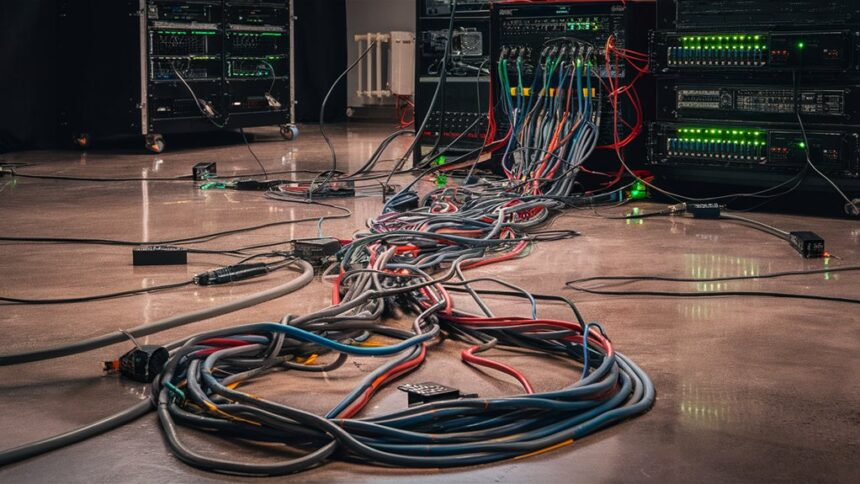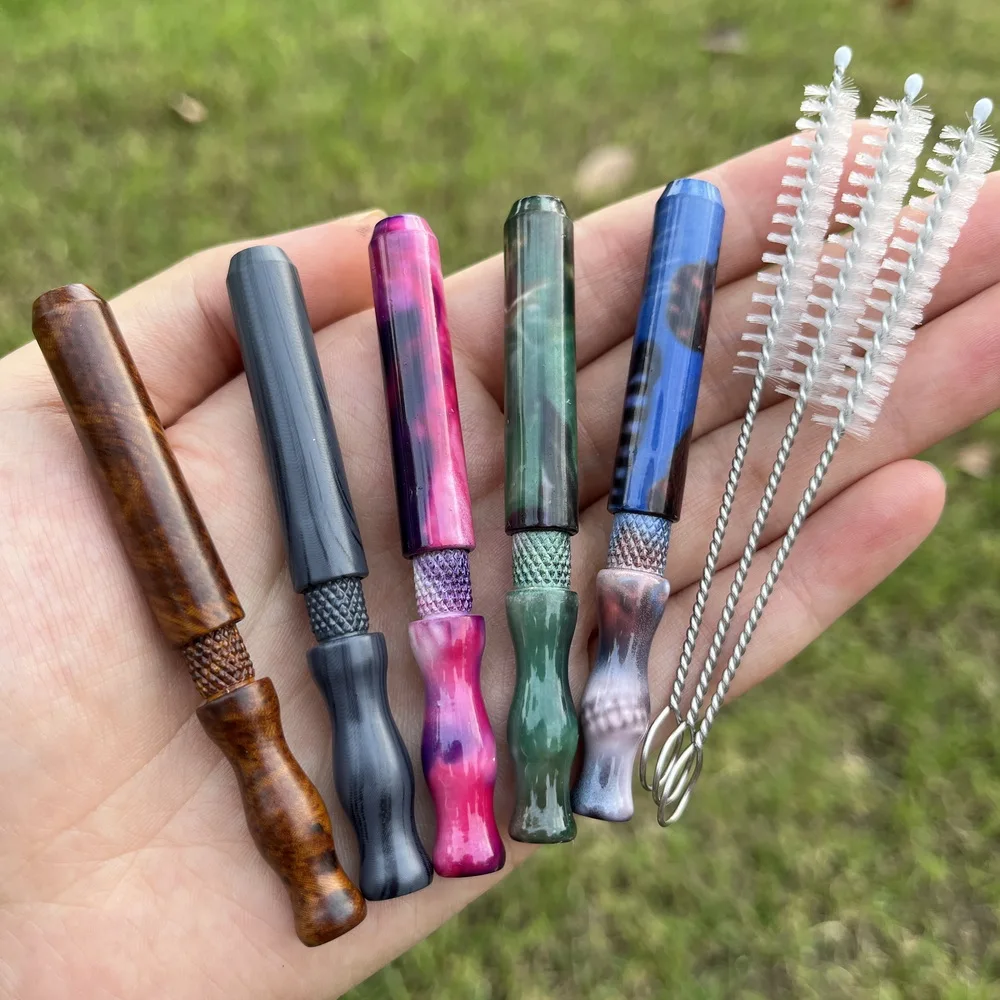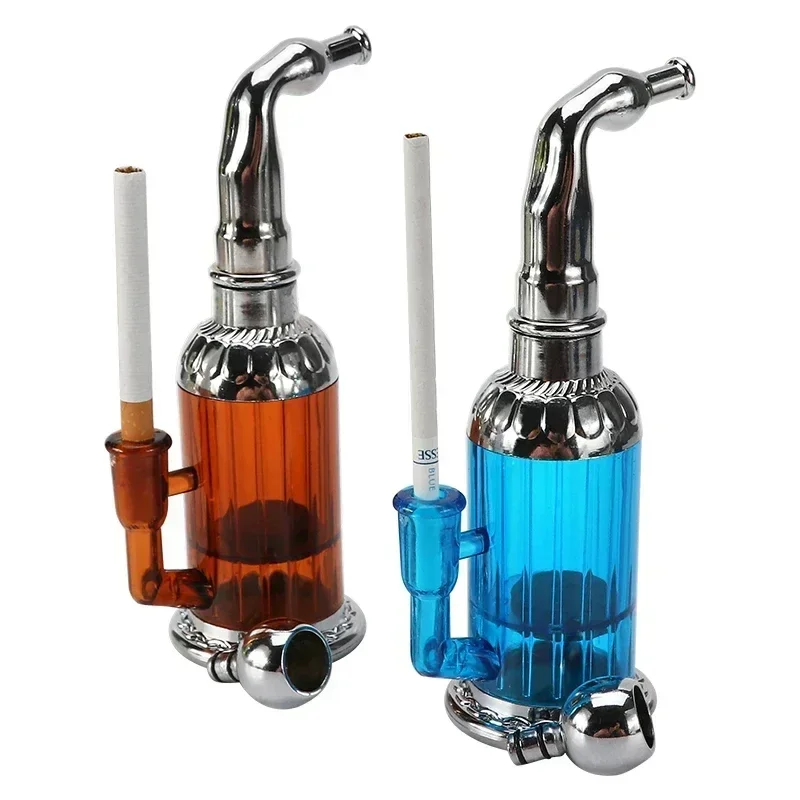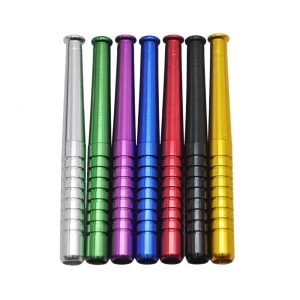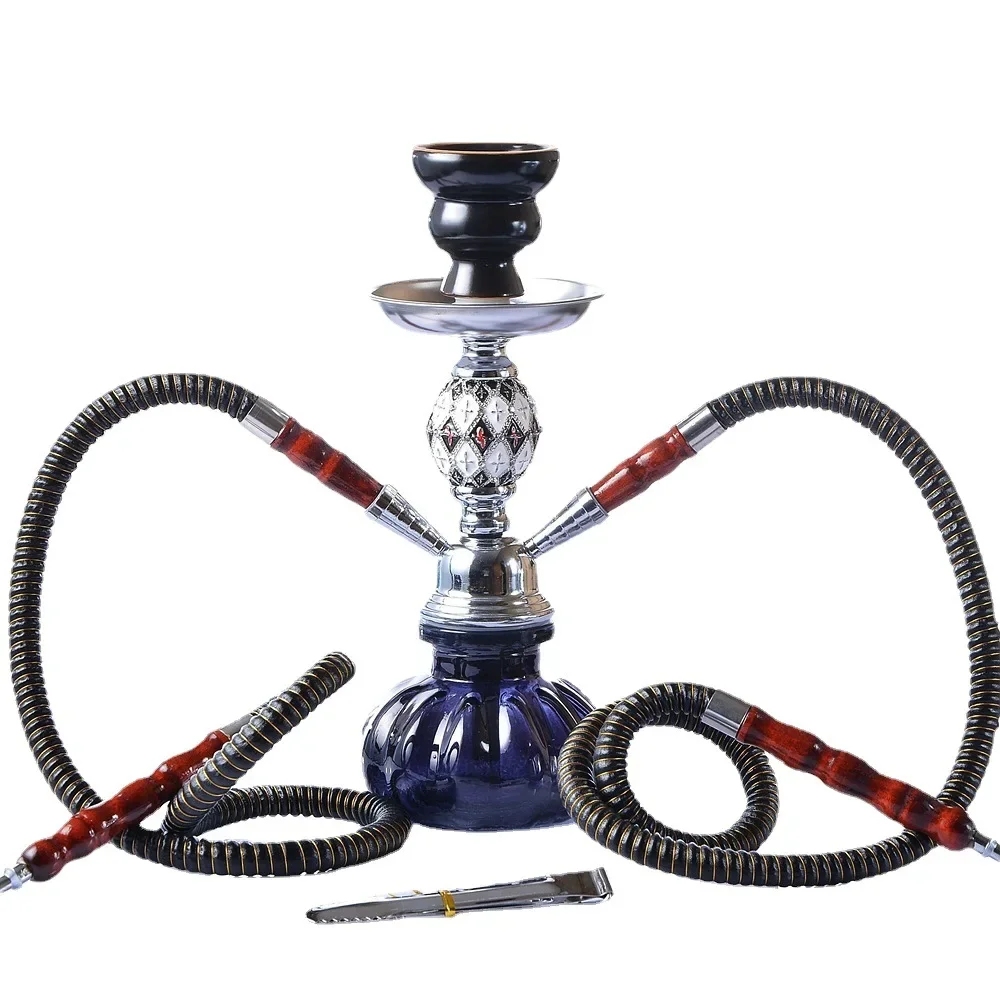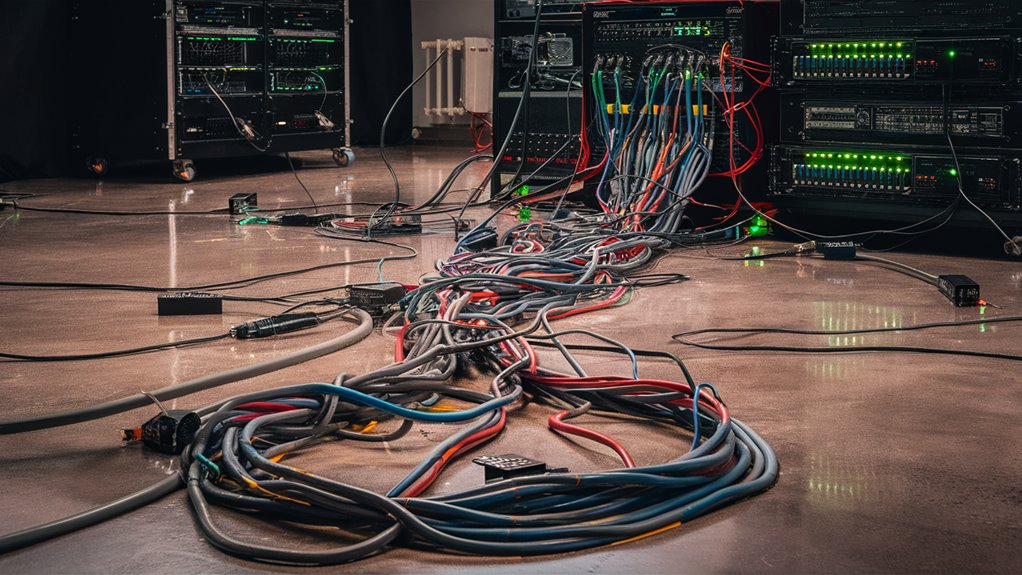
Know Your Space
Check your space first to set up your AV right. Know how big your space is and do all needed sound checks. Find out how high the ceilings are, the size of the room, and where sound may bounce. This will help you place speakers well. Look at how many people fit and where they will stand so you can put your gear in good spots.
Key Sound Gear
Choose great sound gear that meets your space’s needs. Main parts are:
- Microphone systems (both can cut cords or use them)
- Digital mixers with enough channels 베트남 가라오케
- Speakers right for the room
- Sound processors to stop feedback
- Monitor setups for the stage
Adding Visual Gear
Visual screens should show clear pictures. Think about:
- Bright projectors for light spots
- LED walls for strong light and an impacting look
- Screen sizes for far watchers
- Clear view of content
- Extra screens in case one fails
Plans for Power and Setup
Make solid power plans:
- Figure out total power needs
- Add 20% more power as a buffer
- Have backup power set
- Think about how cables will go
- Make sure all is safe and can’t get hit by power spikes
Creating a Support Network
Set up trusted support methods:
- Have tech people ready all the time
- Plans for quick help if problems pop up
- Backup gear plans
- Extra systems in case something breaks
- Fast fix plans
Learn Your Space Well
Room size, ceiling height, and crowd size are key for top AV system plans. Close look at building make-up shows strengths, power paths, and cable ways for the best gear spots.
Fine Tuning Sound
Getting sound right in a space means careful checks, finding echo spots, how long sound stays, and where sound might mix wrong. Main things are the usual noise level and echo time, changing speaker and sound setups, making sound better and fun for the crowd.
Thinking About the Setting
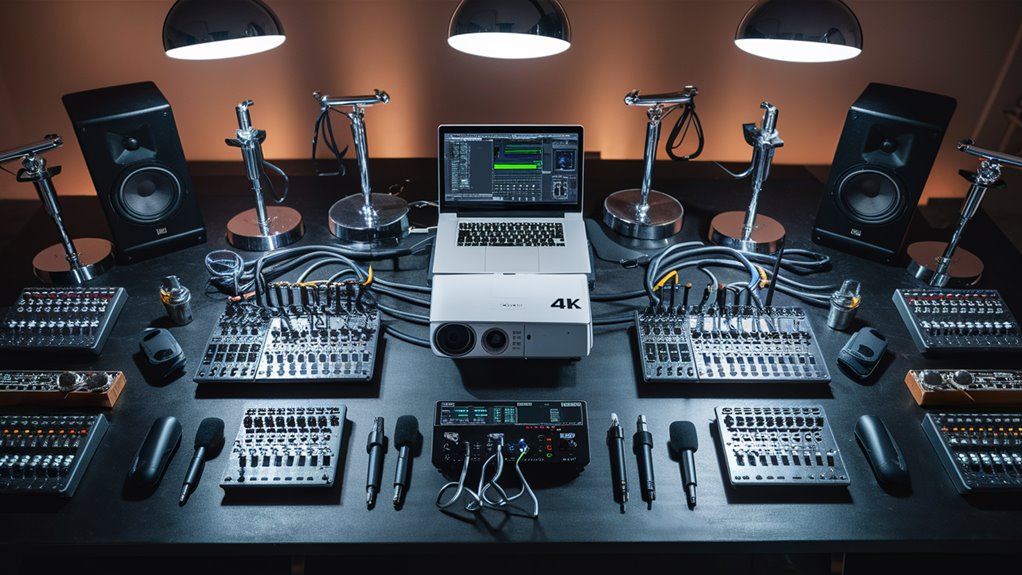
Light, both from the sun and bulbs, shapes visual tech picks and screen spots. Deep checks map out control spots, where to keep stuff, cable paths while making sure views are clear and paths save for the crowd. Building bits like walls and air cooling matter for how they touch the setup.
Writing Down All Info
Gathering exact space sizes and setting details makes a full place outline for picking tools and planning how to set them out. This facts-based way makes sure AV parts fit well and work best.
Needed Sound Gear
Pro sound systems start with needed bits that catch and send sound. Top microphones, both wired and wireless, are key for talking and live tunes. DI boxes give clean links for electric music tools, while pro sound players keep music smooth.
Mixing and Boosting Sound
The core of any pro sound plan is how it mixes and ups sound. Digital mixers handle and change sound better than old ones. Needed tweaks are:
- Equalizers for just-right sound changes
- Sound smoothers and volume checks
- Tools to stop sound problems
Big Sound and Speakers
Pro speakers need well-picked parts for top sound:
- Main speakers for the crowd
- Strong bass speakers for deep sound
- Monitors for the stage
- Power amps fitting the speakers
Key Support Gear
A full sound system needs main support parts:
Visual Gear Musts
Strong projectors are key for pro event visuals. Choose projectors with 5000+ lumens for medium spaces, matching light around. Top screens with great angles and light hold make sure all can see no matter where they sit. Screen picks should think about how far the throw is, where people sit, and how the room is laid out.
Advanced Content Handling
Pro video controllers are central to any event visual plan, letting smooth swaps between different inputs. Key bits are:
- Digital input handling for laptops, cameras, and players





